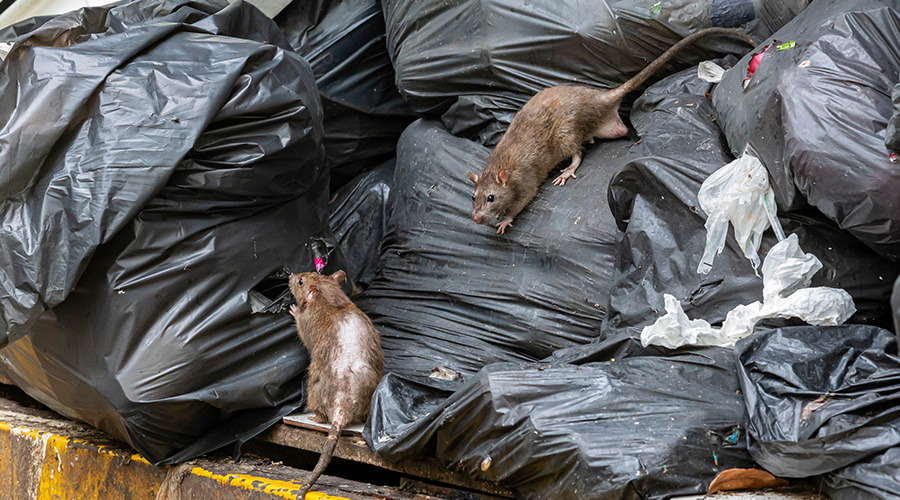Asbestos Found in Paris Skyscraper
One of Europe's tallest skyscrapers, considered by some a steel-and-glass eyesore towering above Paris' scrupulously preserved low-rise skyline, is again making headlines: Experts say its 60 floors are full of cancer-causing asbestos.
One of Europe's tallest skyscrapers, considered by some a steel-and-glass eyesore towering above Paris' scrupulously preserved low-rise skyline, is again making headlines: Experts say its 60 floors are full of cancer-causing asbestos.
News that Montparnasse Tower, a magnet for tourists looking for panoramic views of the City of Light, has asbestos hidden above false ceilings and in a shaft housing cables and elevators was revealed this week by the weekly Journal du Dimanche.
Media reports said tower managers have not decided how to treat the problem but are mulling two options: a full evacuation for at least three years or a 10-year process that would allow the building to stay open during the asbestos removal.
Alain Carrey, an engineer representing companies at the tower, said the asbestos represents "really zero" risk to the 600,000 tourists visiting the building each year.
Claude Bauchot, the president of tower management company Cogetom, said only the four floors with high levels of asbestos presented any health danger.
Critics have long said that the 689-foot tower's steely, modernistic style clashed with Paris' elegant Haussmann buildings of cream-colored Lutecian limestone.
The tower, which houses offices and a shopping center and soars above a train station frequented by millions of travelers, was something of an exception.
Today, the French capital's skyline is protected by a law limiting building heights to 121 feet. High-rises largely have been consigned to the La Defense business district west of the city.
Serge Jullineau, head of the inspection company Health Risks Agency, which analyzed the tower's asbestos levels in the mid-1990s, said four floors were rated "level three" risks for asbestos — the highest assessment. They house technical facilities closed to the public but not to maintenance workers.
The tower's problems were a haunting reminder of a catastrophe that hit the Jussieu university campus, also on the Left Bank, after asbestos was discovered in numerous buildings.
At least six people at the campus have died of asbestos-related illnesses and more than 100 are ill, according to Michel Ledoux, lawyer for the Association for the Defense of Asbestos Victims.
In January, the two universities and an institute that share the campus were placed under investigation — a step short of being charged — for "endangering others."
Asbestos was systematically used in Paris buildings that, like the Montparnasse Tower, date to the 1970s, and include hospitals, Ledoux told the newspaper. It was formally banned in January 1997.
"There is a whole generation of buildings that is putting the health of its occupants in peril," he said, adding that the asbestos is now degrading and becoming an even bigger health risk.
Related Topics:











